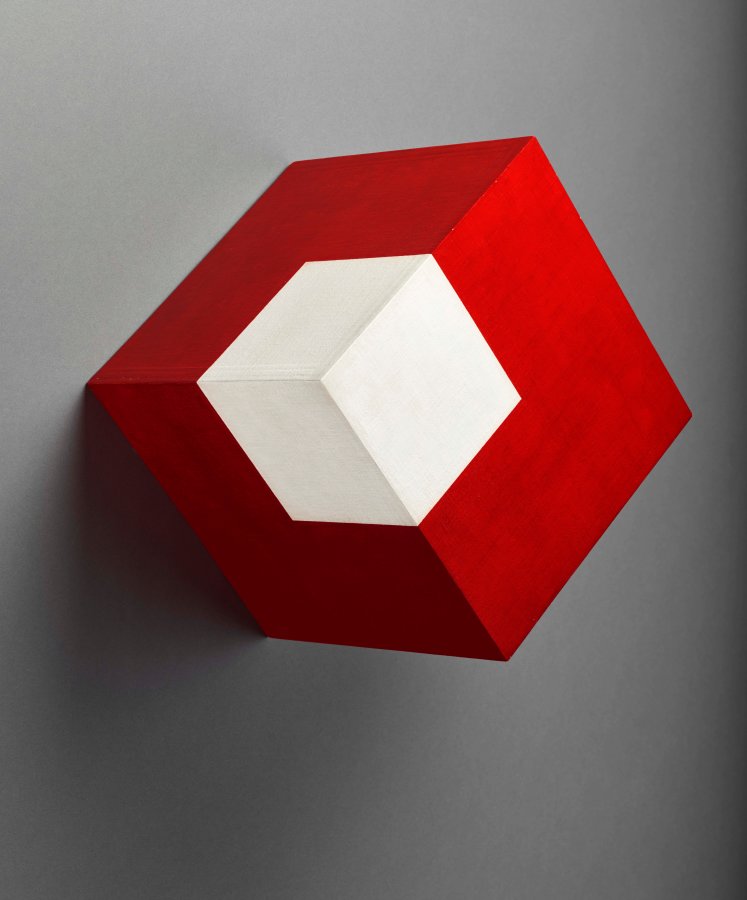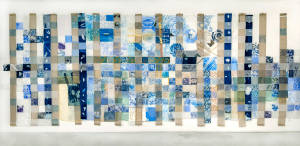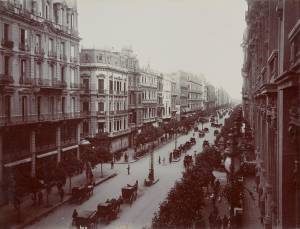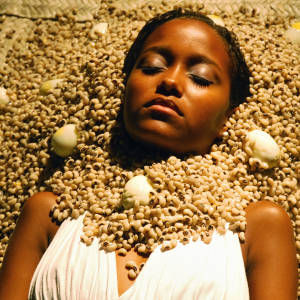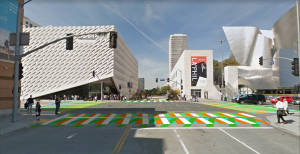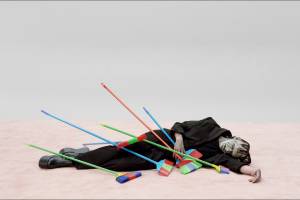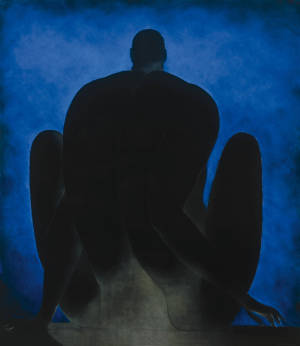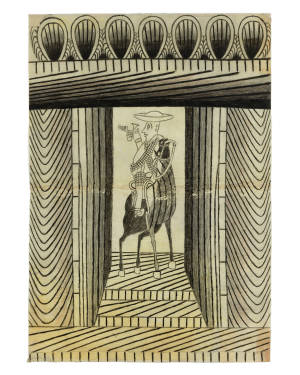Combining art-historical and scientific analysis, this exhibition examines the formal strategies and material choices of avant-garde painters and sculptors in Argentina and Brazil.
In the years after World War II, artists in Argentina and Brazil experimented with geometric abstraction and engaged in lively debates about the role of the art work in society. Some of these artists experimented with novel synthetic materials, creating objects that offered an alternative to established traditions in painting. They proposed these objects become part of everyday, concrete reality and explored the material and theoretical limits of that proposition. Combining art-historical and scientific analysis, experts from the Getty Conservation Institute and Getty Research Institute have collaborated with the Colección Patricia Phelps de Cisneros, a world-renowned collection of Latin American art, to research the formal strategies and material decisions of artists working in the concrete and Neo-concrete vein, resulting in the first comprehensive technical study of these works. Visitors will see a selection of works by artists including Raúl Lozza, Tomás Maldonado, Rhod Rothfuss, Willys de Castro, Lygia Clark, Hélio Oiticica, and Judith Lauand alongside information about the now-invisible processes that determine the appearance of the works: supports, hanging devices, methods of paint application, and techniques of painting straight edges. A selection of historical documents will shed further light on the social, political, and cultural underpinnings of these artistic propositions.
Combining art-historical and scientific analysis, this exhibition examines the formal strategies and material choices of avant-garde painters and sculptors in Argentina and Brazil.
In the years after World War II, artists in Argentina and Brazil experimented with geometric abstraction and engaged in lively debates about the role of the art work in society. Some of these artists experimented with novel synthetic materials, creating objects that offered an alternative to established traditions in painting. They proposed these objects become part of everyday, concrete reality and explored the material and theoretical limits of that proposition. Combining art-historical and scientific analysis, experts from the Getty Conservation Institute and Getty Research Institute have collaborated with the Colección Patricia Phelps de Cisneros, a world-renowned collection of Latin American art, to research the formal strategies and material decisions of artists working in the concrete and Neo-concrete vein, resulting in the first comprehensive technical study of these works. Visitors will see a selection of works by artists including Raúl Lozza, Tomás Maldonado, Rhod Rothfuss, Willys de Castro, Lygia Clark, Hélio Oiticica, and Judith Lauand alongside information about the now-invisible processes that determine the appearance of the works: supports, hanging devices, methods of paint application, and techniques of painting straight edges. A selection of historical documents will shed further light on the social, political, and cultural underpinnings of these artistic propositions.
Show More...

